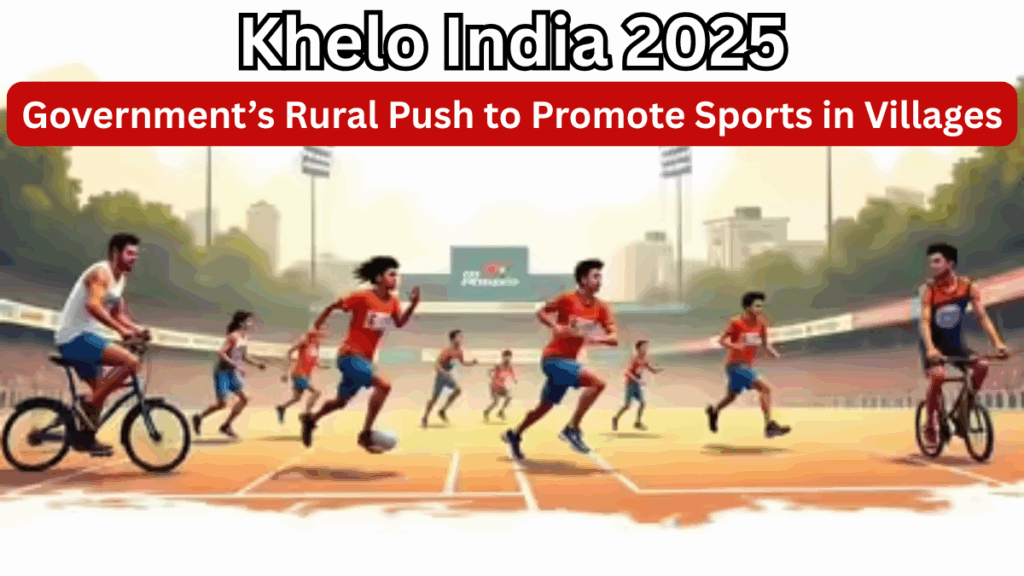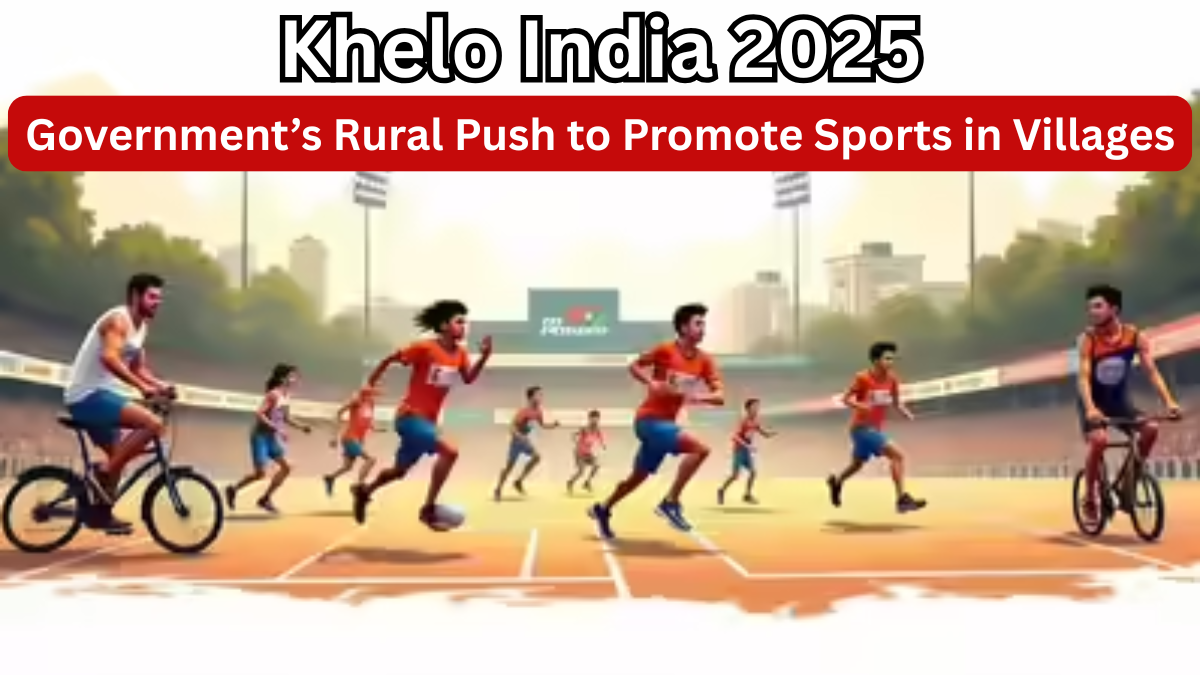Sports have always been more than just games – they are a bridge that connects communities, boosts confidence, and opens doors for countless opportunities. In 2025, the Government of India is taking this vision to the grassroots with a renewed push for sports development in rural areas through Khelo India Rural Edition.
This initiative isn’t just about competitions; it’s about identifying hidden talent in villages, nurturing young athletes, and creating a robust ecosystem where sports can flourish, no matter how remote the location.

Why Focus on Rural Sports?
For years, India’s villages have been treasure troves of raw sporting talent. However, due to lack of infrastructure and resources, many promising athletes never get the chance to shine. The new Government Schemes for Sports aim to change that by:
-
Building sports infrastructure in rural areas
-
Identifying and nurturing grassroots talent through structured programs
-
Encouraging youth participation in diverse sports disciplines
-
Integrating rural athletes into national and international-level training and competitions
What is Khelo India Rural Edition?
The Khelo India Rural Edition is a special version of the popular Khelo India program, tailored specifically for rural and semi-urban regions. It is designed to break barriers that keep rural talent from entering mainstream sports.
Key Objectives
-
Promote community-level sports participation
-
Establish sports nurseries in villages for early talent spotting
-
Provide financial assistance to rural athletes
-
Host district and state-level competitions exclusively for rural youth
Major Features of the 2025 Initiative
Here’s a snapshot of what’s new in the Government Schemes for Sports under the rural sports plan:
| Feature | Details |
|---|---|
| Infrastructure Development | Creation of mini-stadiums and open grounds in villages |
| Talent Scouting | Coaches visiting villages for athlete identification |
| Training Support | Free coaching camps and provision of sports equipment |
| Financial Aid | Scholarships and travel allowances for selected players |
| Competitions | Rural-level leagues leading up to state and national games |
How Will This Benefit Rural India?
This initiative aims to make sports a career path for rural youth. The benefits include:
-
Better access to facilities for children in remote areas
-
Increased exposure through local and national events
-
Job opportunities for trainers, coaches, and sports management professionals
-
Improved health and lifestyle among rural populations
Challenges to Overcome
While the plan is ambitious, several challenges remain:
-
Ensuring adequate funding for rural sports infrastructure
-
Bridging the gap between rural and urban coaching facilities
-
Encouraging community participation, especially in conservative regions
The success of Khelo India Rural Edition will depend on consistent support from both the government and local communities.
The Road Ahead
The 2025 edition of Khelo India could be a game-changer for India’s rural sports landscape. By empowering villages with the right tools and opportunities, Government Schemes for Sports are ensuring that no talent goes unnoticed. This could be the start of a golden era where Indian athletes from rural areas dominate global platforms.
FAQs
1. What is the Khelo India Rural Edition?
It’s a special version of the Khelo India program focused on developing sports talent in rural areas through infrastructure development, training, and competitions.
2. How does the government support rural athletes under this scheme?
Through scholarships, free coaching camps, equipment distribution, and organizing rural-level sports events.
3. Can athletes from remote villages participate in Khelo India events?
Yes. The program is designed to scout talent from even the remotest villages and integrate them into district, state, and national-level competitions.
4. What are the long-term goals of Khelo India Rural Edition?
To create a sustainable sports culture in villages, improve rural participation in national teams, and turn sports into a viable career for rural youth.
Click here to learn more
